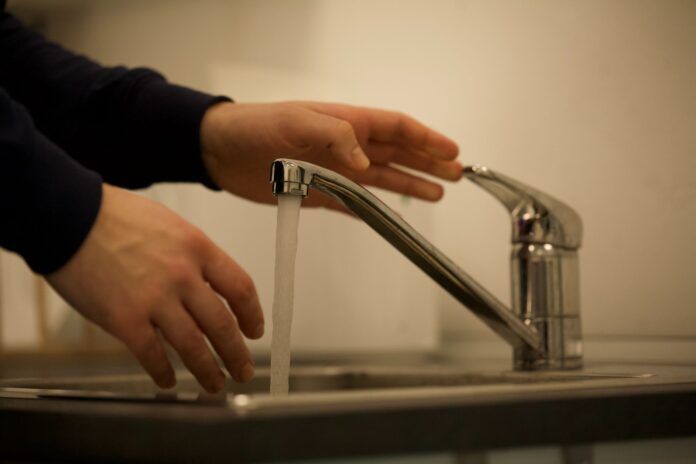More than 200 water advisories were in effect throughout our region in June, according to a study by Selkirk Innovates, the applied research wing of Selkirk College.
The organization looked at regional advisories in June because that’s the time of spring freshet, which tends to cause cloudiness in surface water sources.
They found 210 advisories issued by Interior Health for 740 water systems within its jurisdiction in the Kootenay-Boundary, which is 28 per cent. Of the advisories, 124 had been in place for more than five years.
“This may suggest that aging water treatment facilities or other underlying issues are not being resolved to restore water quality in these systems,” Selkirk Innovates wrote.
They noted many systems are smaller, and maintaining them to provincial regulatory standards can be difficult and expensive.
“Even larger communities are experiencing challenges with aging infrastructure and the costs to replace or modernize their water treatment and delivery systems,” Selkirk Innovates wrote.
“Protecting our drinking water is an important consideration given the impacts that can arise from the changing climate and increase in extreme weather events.”
Health authorities use several types of notices when there is a concern over water supply safety, including water quality advisories, boil water notices, do not consume notices, and do not use notices.
The most common ones in this study were boil notices, followed by water quality advisories, meaning there is risk with consuming water, but not to the same degree. There were no do not use notices.




